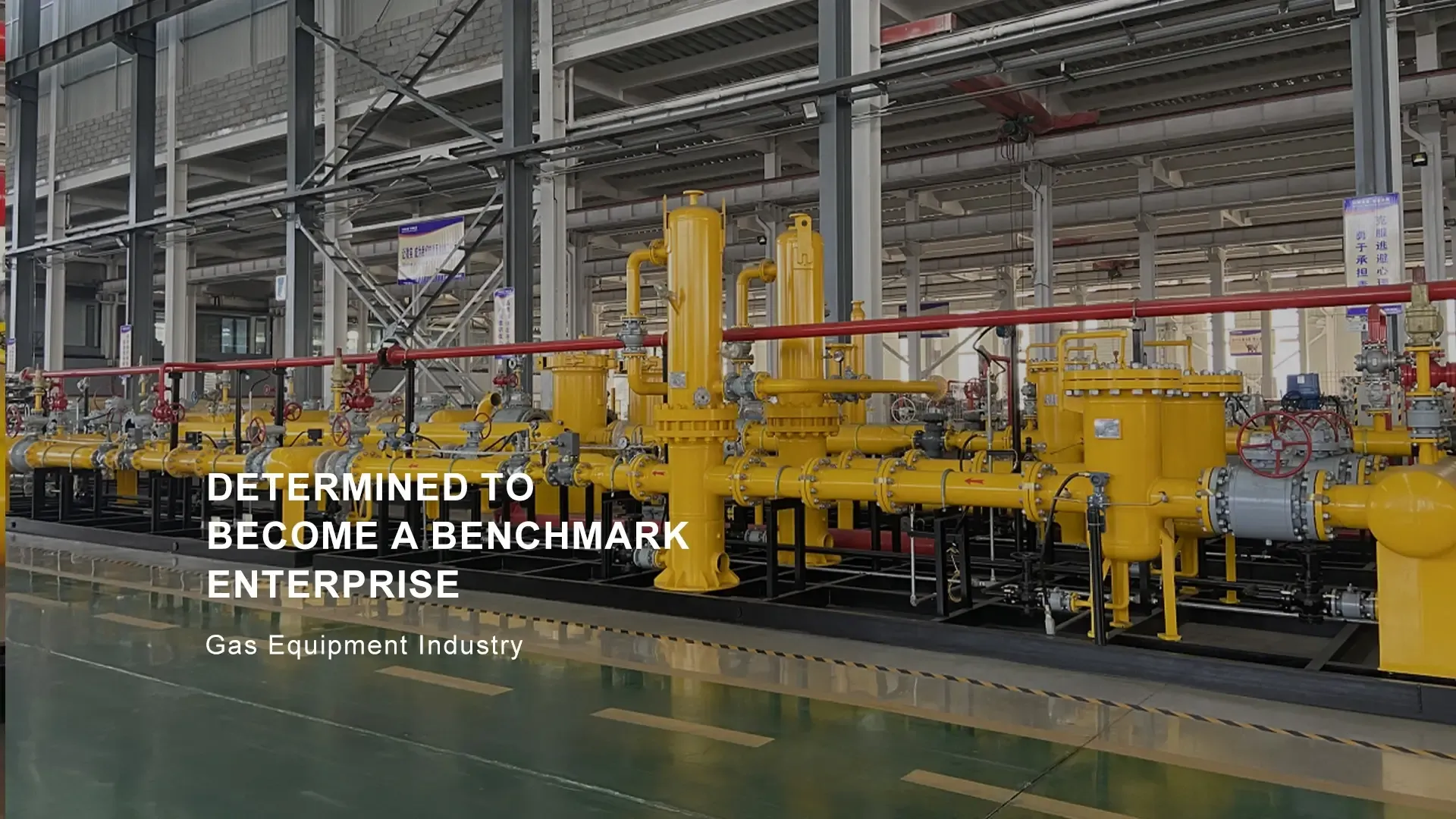
Dec . 19, 2024 04:07
Back to list
gas purifier
The Importance and Functionality of Gas Purifiers
In today’s industrial landscape, the proper handling of gases is crucial not only for production efficiency but also for environmental protection and worker safety. Among various technologies designed to clean and purify gases, gas purifiers play a fundamental role in various applications, ranging from chemical manufacturing to environmental management. This article explores the importance, functionality, and operational mechanisms of gas purifiers in different sectors.
Firstly, let’s understand what a gas purifier is. Essentially, a gas purifier is a device or system specifically designed to remove impurities, contaminants, or unwanted components from a gas stream. These impurities can include volatile organic compounds (VOCs), particulate matter, carbon dioxide, sulfur dioxide, and moisture, which if not removed, can lead to significant operational challenges and environmental hazards.
One of the primary reasons for utilizing gas purifiers is to comply with regulatory standards
. Many countries have stringent regulations concerning emissions, particularly in industries such as oil and gas, power generation, and manufacturing. Gas purifiers help companies adhere to these regulations by ensuring that the gases released into the atmosphere are within permissible limits, thereby safeguarding the environment and public health.Gas purifiers are also vital in enhancing the safety of industrial processes. In many manufacturing and processing operations, hazardous gases may be generated. Utilizing gas purifiers minimizes the risk of exposure to toxic gases for workers, thereby creating a safer workplace. Moreover, by controlling gas quality, manufacturers can prevent contaminants from interfering with production processes, which can lead to machinery damage or product defects.
The functionality of gas purifiers varies depending on the specific type of gas being treated and the desired level of purification. Generally, gas purification technologies can be classified into several categories adsorption, absorption, membrane filtration, and catalytic processes.
gas purifier

1. Adsorption This process involves the adhesion of gas molecules onto the surface of a solid material, often activated carbon or zeolites. It is efficient for removing VOCs and moisture from gas streams. The effectiveness of adsorption can vary based on temperature, pressure, and the characteristics of the adsorbent material.
2. Absorption In absorption, a gas passes through a liquid absorbent that captures specific gas components. This method is often used for removing acidic gases such as carbon dioxide and sulfur dioxide. Chemical absorption, where a reaction occurs between the gas and absorbent, is particularly effective in reducing emissions from industrial processes.
3. Membrane Filtration This relatively modern technology uses semi-permeable membranes to separate specific gas components based on size or solubility differences. It is increasingly used for separating gases in various industrial applications, including oxygen-enrichment processes and carbon capture technologies.
4. Catalytic Processes Catalysts facilitate chemical reactions to convert harmful gases into less harmful substances. For instance, catalytic converters in vehicles modify exhaust gases to reduce pollutants before they are emitted into the atmosphere.
The selection of an appropriate gas purification technology depends on numerous factors, including the type of gas, concentration of impurities, operational costs, and the required purity levels. Moreover, advancements in technology have led to the development of more efficient gas purifiers, capable of lower energy consumption and higher performance standards.
In conclusion, gas purifiers are indispensable in modern industrial applications. They not only ensure compliance with environmental regulations but also protect the health and safety of workers, enhance operational efficiency, and contribute to sustainable development. As industries continue to evolve, the role of gas purifiers will likely become even more critical in addressing the challenges of emissions control and environmental sustainability. Investing in innovative gas purification technologies is not just a regulatory obligation but a commitment towards a healthier planet for future generations.
Latest news
-
Safety Valve Spring-Loaded Design Overpressure ProtectionNewsJul.25,2025
-
Precision Voltage Regulator AC5 Accuracy Grade PerformanceNewsJul.25,2025
-
Natural Gas Pressure Regulating Skid Industrial Pipeline ApplicationsNewsJul.25,2025
-
Natural Gas Filter Stainless Steel Mesh Element DesignNewsJul.25,2025
-
Gas Pressure Regulator Valve Direct-Acting Spring-Loaded DesignNewsJul.25,2025
-
Decompression Equipment Multi-Stage Heat Exchange System DesignNewsJul.25,2025

